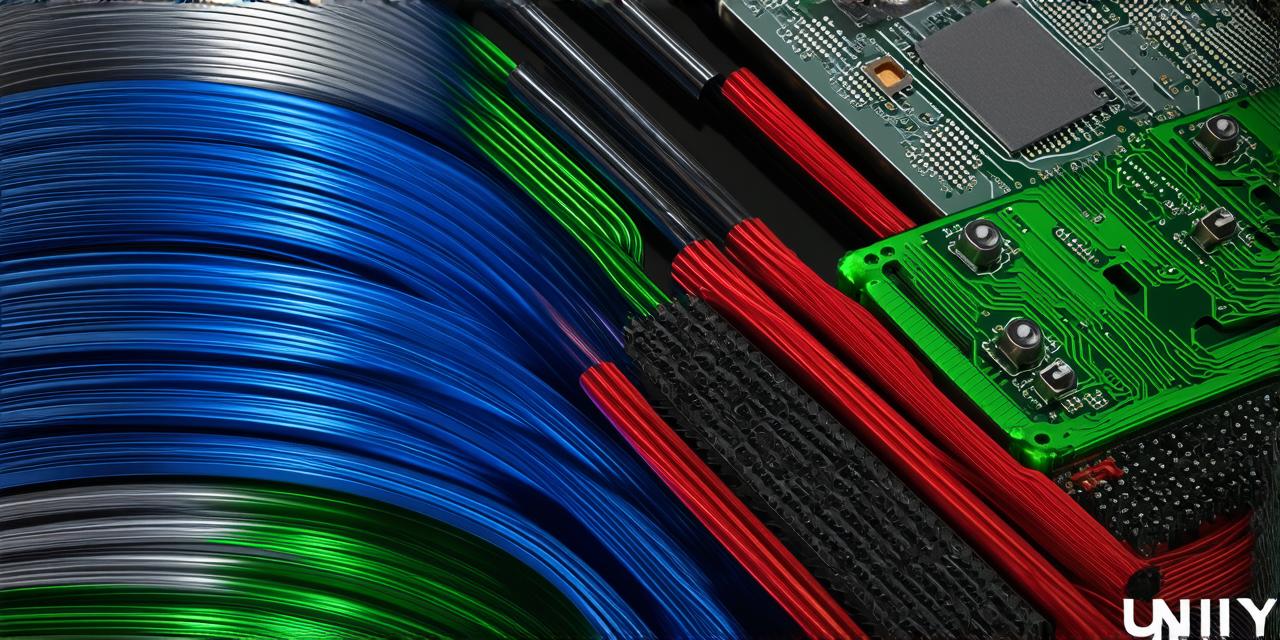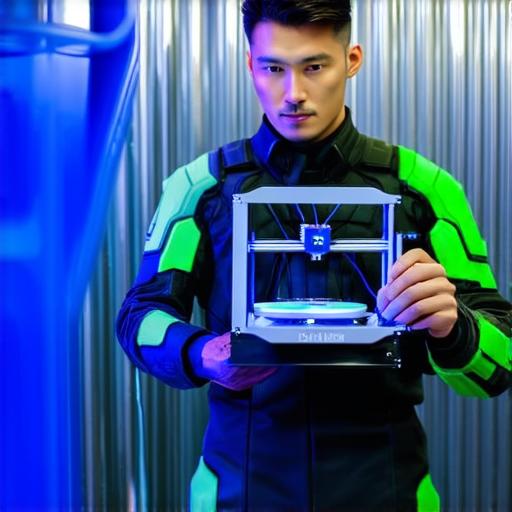
Introduction
3D modeling is a crucial aspect of creating immersive and engaging virtual experiences in Unity. With the right tools and techniques, you can bring your ideas to life and create stunning visual effects that captivate your audience. In this article, we will explore how to create 3D models for Unity, covering everything from selecting the right software to applying textures and lighting effects.
Selecting the Right Software
There are several software options available for creating 3D models for Unity, including Blender, Maya, 3DS Max, and ZBrush. Each of these programs has its own unique features and capabilities, so it’s essential to choose the one that best fits your needs.
* Ease of use: Some software is more user-friendly than others, so it’s important to choose a program that you feel comfortable using.
* Performance: The software should be able to handle the complexity of your model without slowing down or crashing.
* Customization: You may need to make specific modifications to your model, so it’s essential to choose software that allows for easy customization.
* Integration: Some software can be directly imported into Unity, while others require additional steps to integrate.
Creating the Base Model
The first step in creating a 3D model for Unity is to create the base model. This involves starting with a basic shape and adding details and textures as needed. Here are some tips for creating the base model:
* Start with a simple shape: Begin by creating a simple shape, such as a cube or sphere, that serves as the foundation for your model.
* Add details: Once you have the basic shape, start adding details to create the desired look and feel of your model. This may involve extruding edges, adding loops, or using other modeling tools.
* Apply textures: To give your model a more realistic appearance, apply textures that mimic the surface of the object. This can include images, patterns, or colors.
* Experiment with lighting: Lighting can significantly affect the look and feel of your model. Try different lighting setups to find the one that best enhances the details of your model.
Adding Advanced Features
Now that you have a solid base model, it’s time to add some advanced features to make your model more dynamic and engaging. Here are some tips for adding advanced features:
* Apply animations: Animations can bring your model to life by making it move or change shape over time. You can create simple animations using the built-in animation tools in Unity, or you can use third-party software like Blender.
* Add interactive elements: Interactive elements, such as buttons or sliders, can allow users to customize their experience and interact with your model in new ways.
* Apply scripting: Scripting can add a layer of intelligence to your model by allowing it to respond to user input or environmental changes. You can use C or JavaScript to write custom scripts for your model.
* Experiment with shaders: Shaders can be used to create unique visual effects, such as reflections or distortions, that enhance the look and feel of your model
Optimizing for Performance
As your model becomes more complex, it’s essential to optimize it for performance to ensure smooth gameplay. Here are some tips for optimizing your model:
* Reduce polygon count: The more polygons your model has, the more processing power is required to render it. Try to reduce the number of polygons in your model as much as possible while still maintaining a realistic appearance.
* Use low-poly models: If you need to create a large number of similar objects, consider using low-poly models that have fewer polygons but still maintain a high level of detail.
* Apply LOD (Level of Detail): LOD allows you to adjust the level of detail in your model based on distance from the camera, reducing the processing power required to render it.
* Optimize textures: Large textures can significantly impact performance. Try to use smaller, more efficient textures without sacrificing quality.
Case Studies and Personal Experiences
1. Creating a Character Model
Suppose you want to create a character model for your game. Here are some steps you can follow:
* Start with a basic shape: Create a simple shape, such as a cube or sphere, that serves as the foundation for your character.
* Add details: Extrude edges and add loops to create the desired look and feel of your character. You can also use textures to give your character a more realistic appearance.
* Apply animations: Create simple animations, such as walking or running, to bring your character to life.
* Optimize for performance: Reduce the number of polygons in your model and optimize textures to ensure smooth gameplay.
2. Creating an Environmental Model

If you want to create an environmental model for your game, here are some steps you can follow:
* Start with a basic shape: Create a simple shape, such as a cube or sphere, that serves as the foundation for your environment.
* Add details: Add loops and extrude edges to create the desired look and feel of your environment. You can also use textures to give your environment a more realistic appearance.

